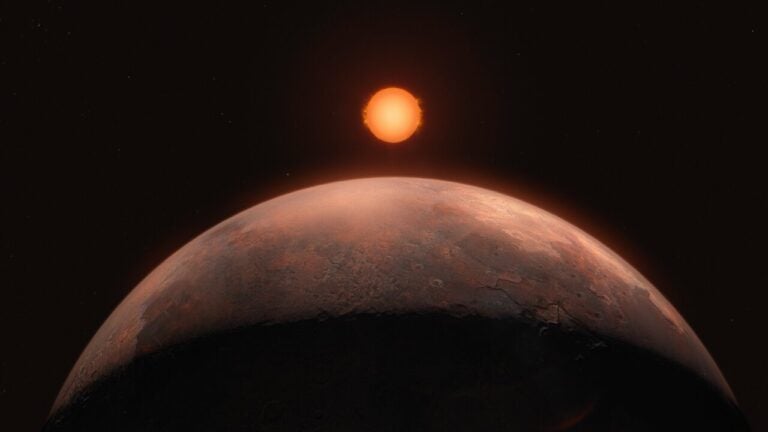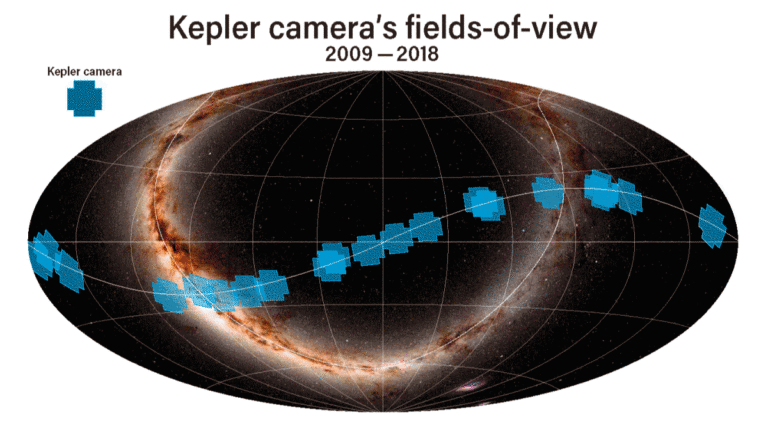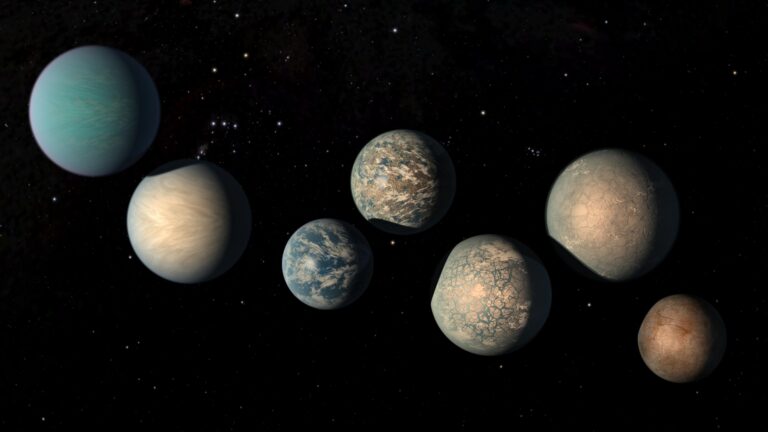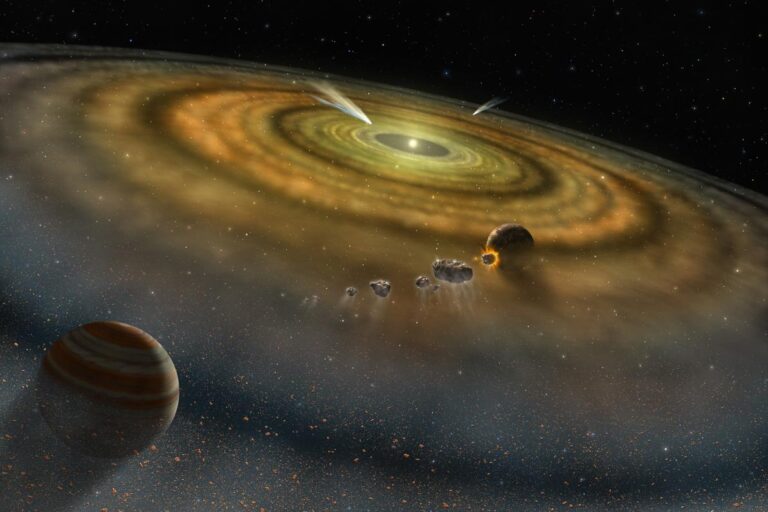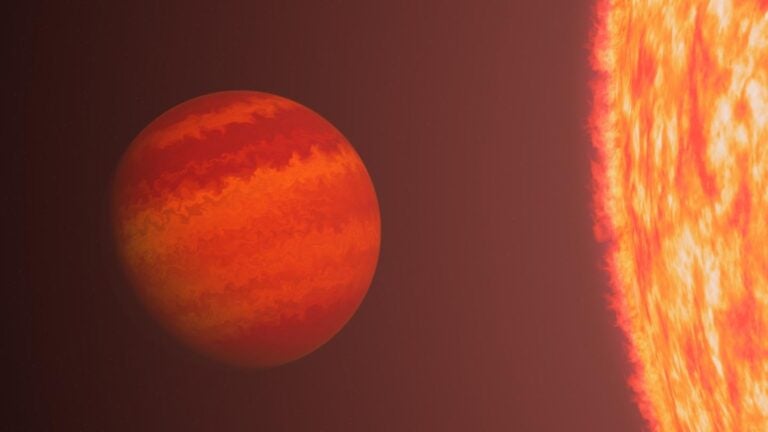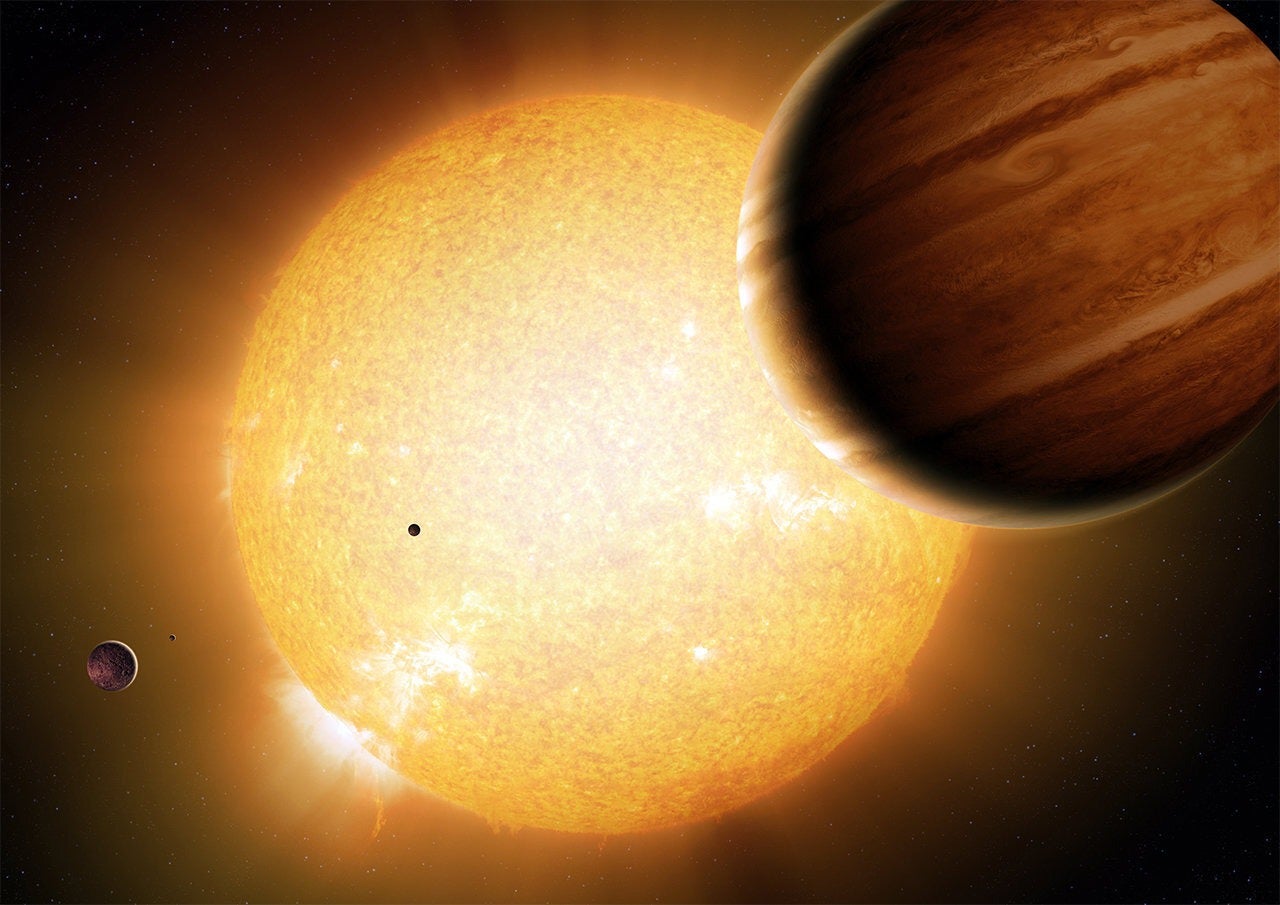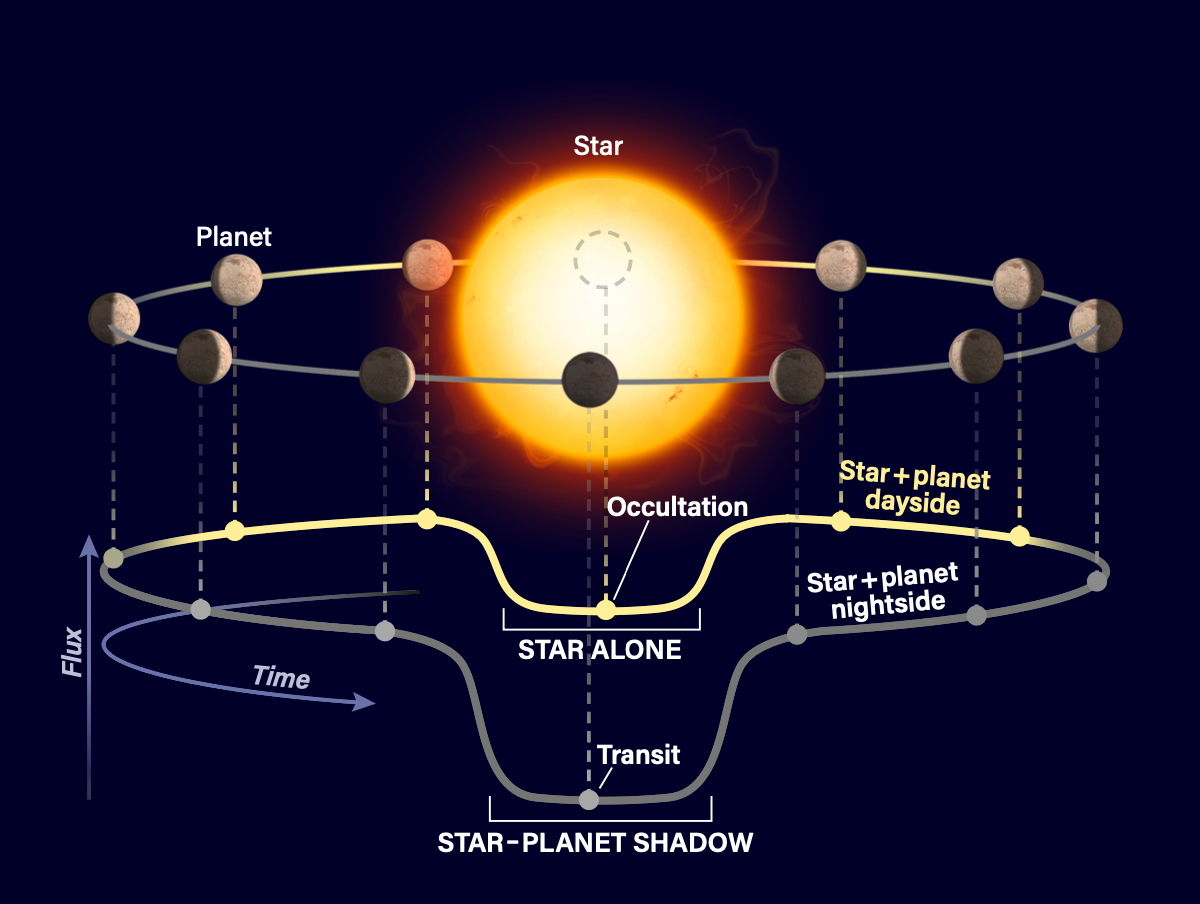
Since the transit method relies on direct line of sight to our planet, and exoplanets orbit with random orientations, how many exoplanets are estimated to be uncounted using this method?
Edward Dean
Merritt Island, Florida
This is a really important correction we have to make when trying to calculate what fraction of stars have planets. The probability of a planet transiting its star from our point of view is proportional to the radius of the star (the bigger the star, the more area there is for the planet to potentially transit) divided by the distance between the star and its planet (planets that are farther from their stars are less likely to transit).
This probability ranges from about 1 in 10 for hot Jupiters — Jupiter-sized planets that orbit their stars in just a few days — to about 1 in 200 for Earth-sized planets that orbit their star with a period of 365 days. It’s even smaller for more distant planets. Doing a quick calculation with the transiting planets we’ve discovered so far and examining their stellar hosts and their orbital distances, it looks like we’ve probably missed about 110,000 planets for the 4,000 that we’ve found!
Jessie Christiansen
NASA Exoplanet Archive Project Scientist, Caltech/Infrared Processing and Analysis Center, Pasadena, California

